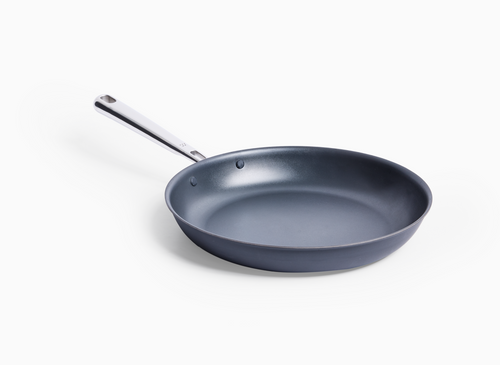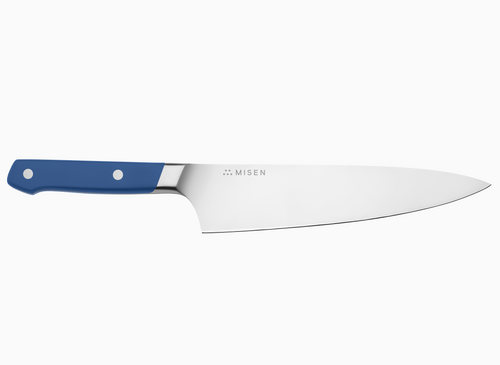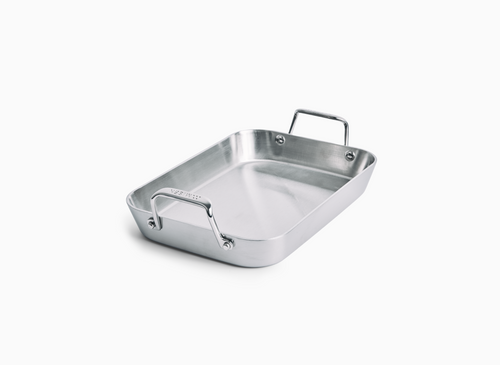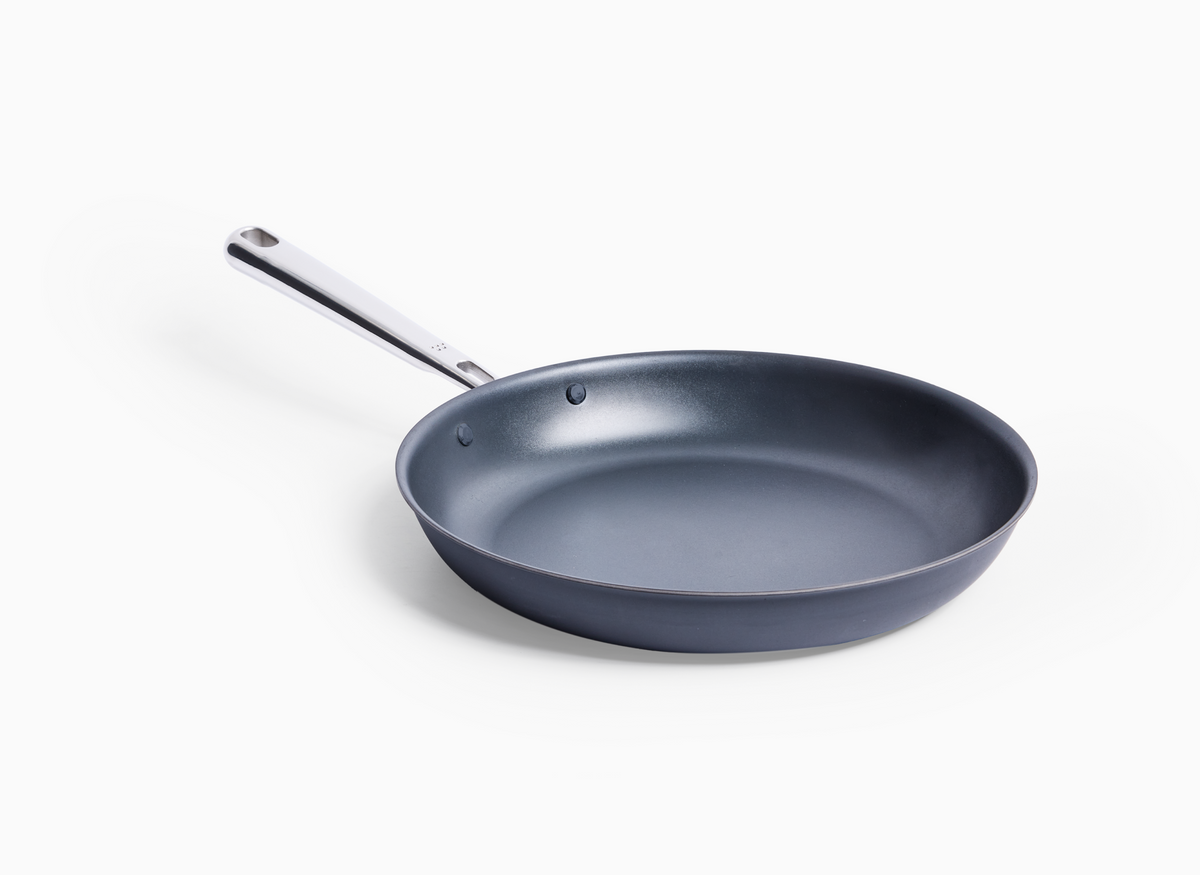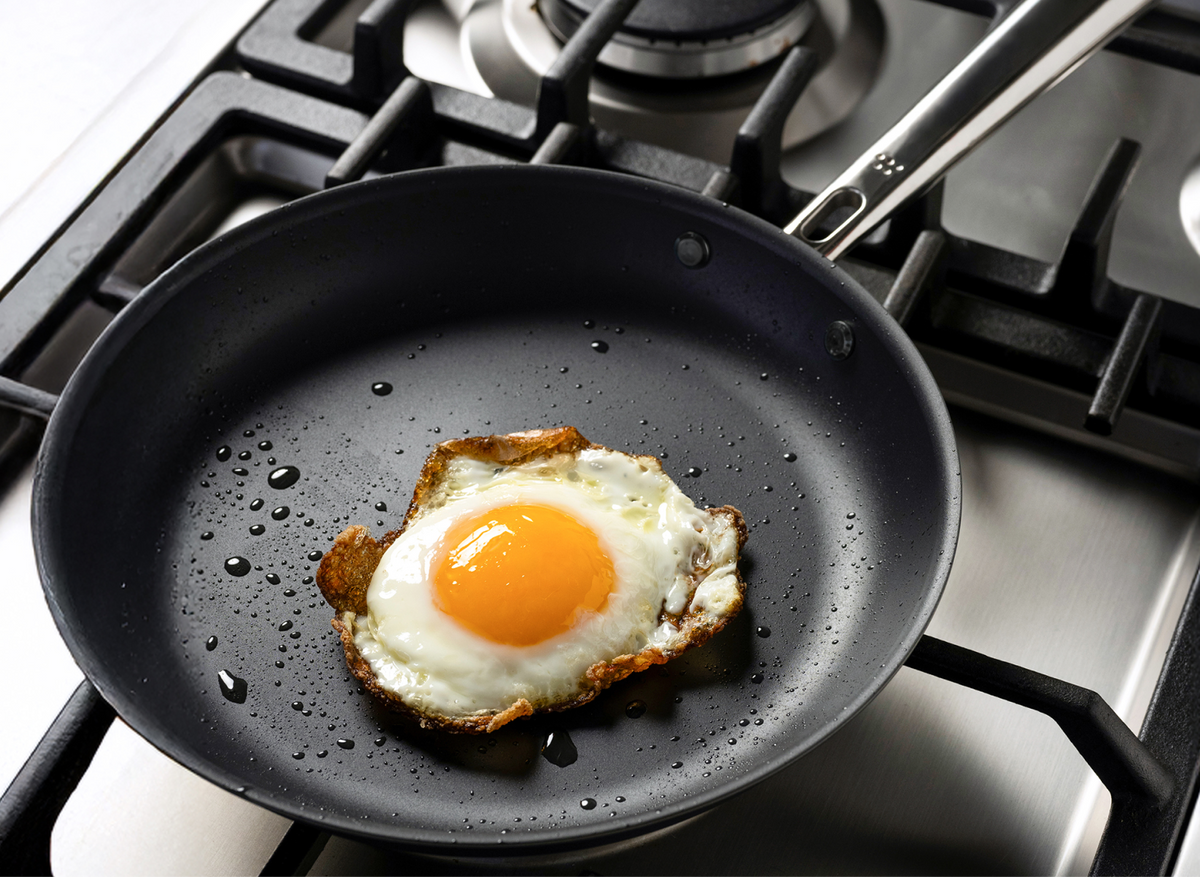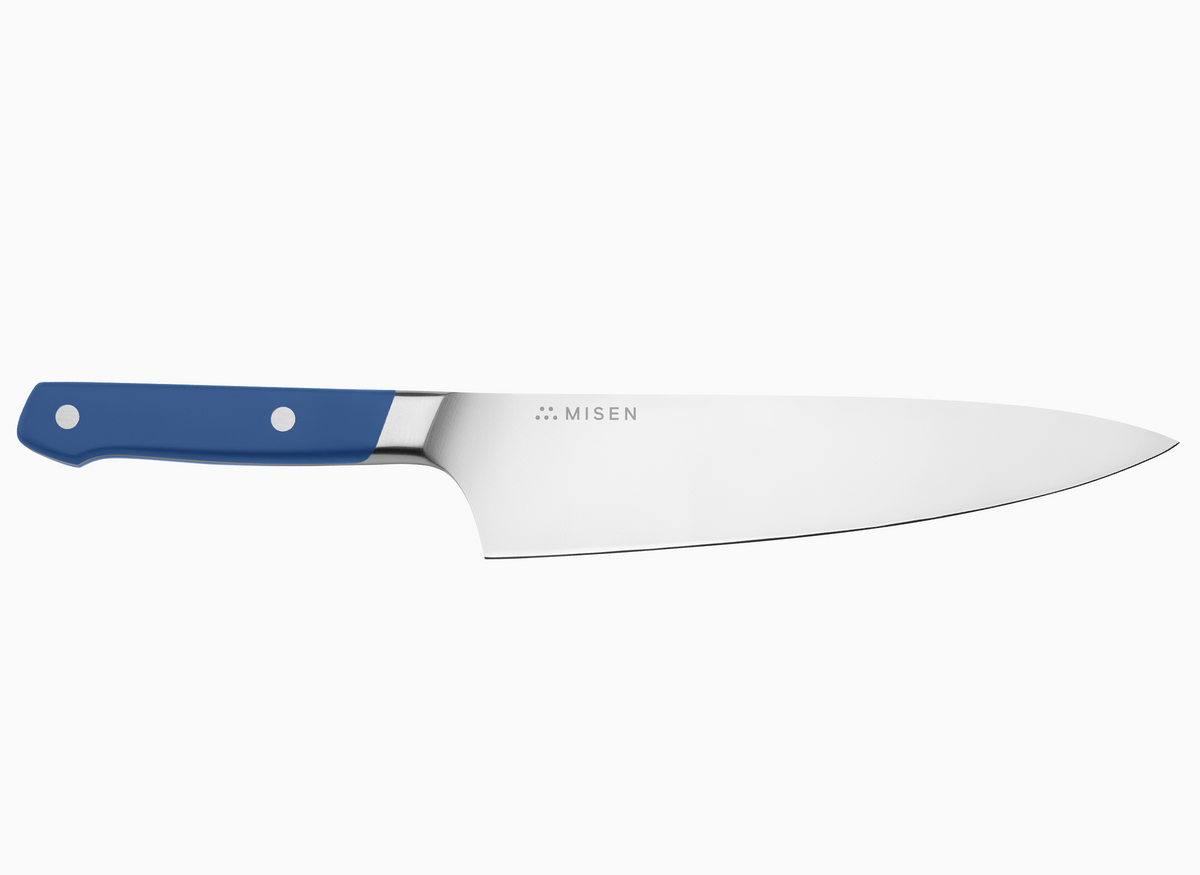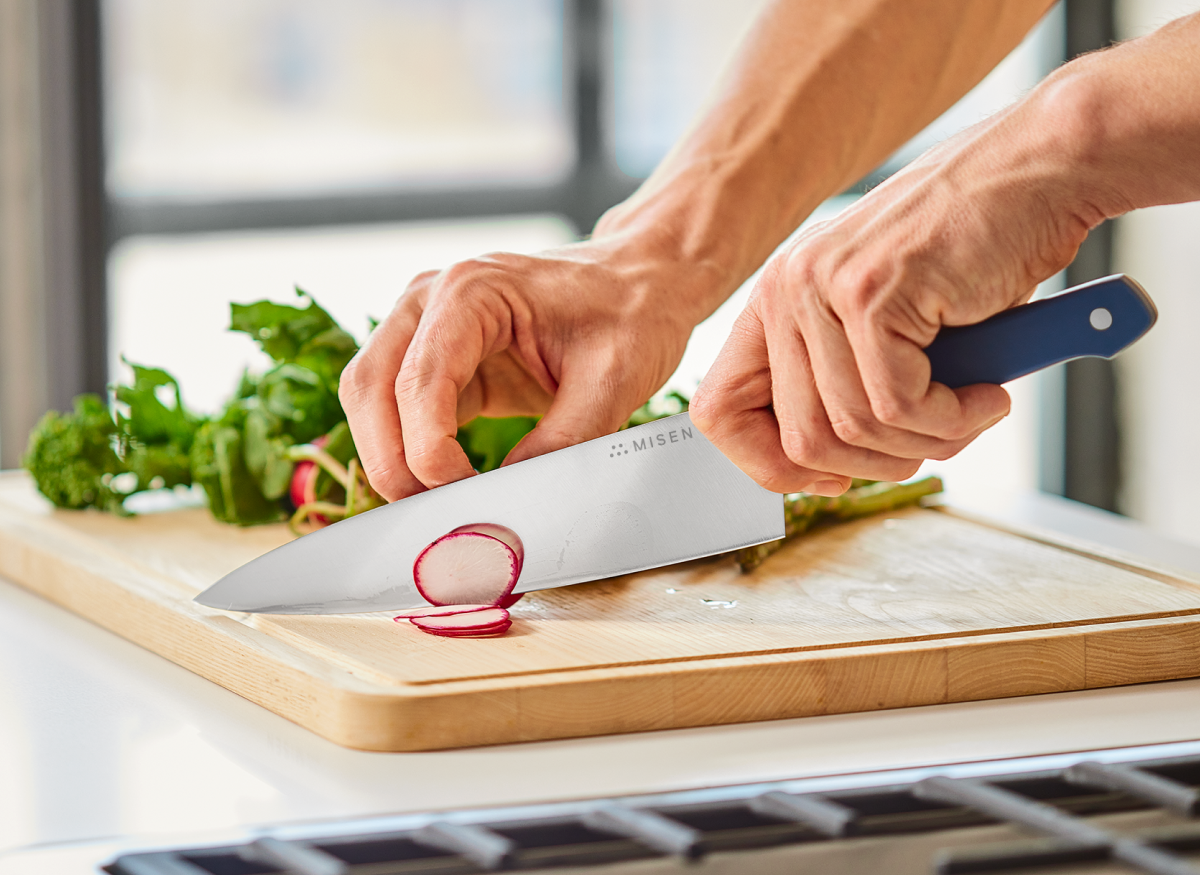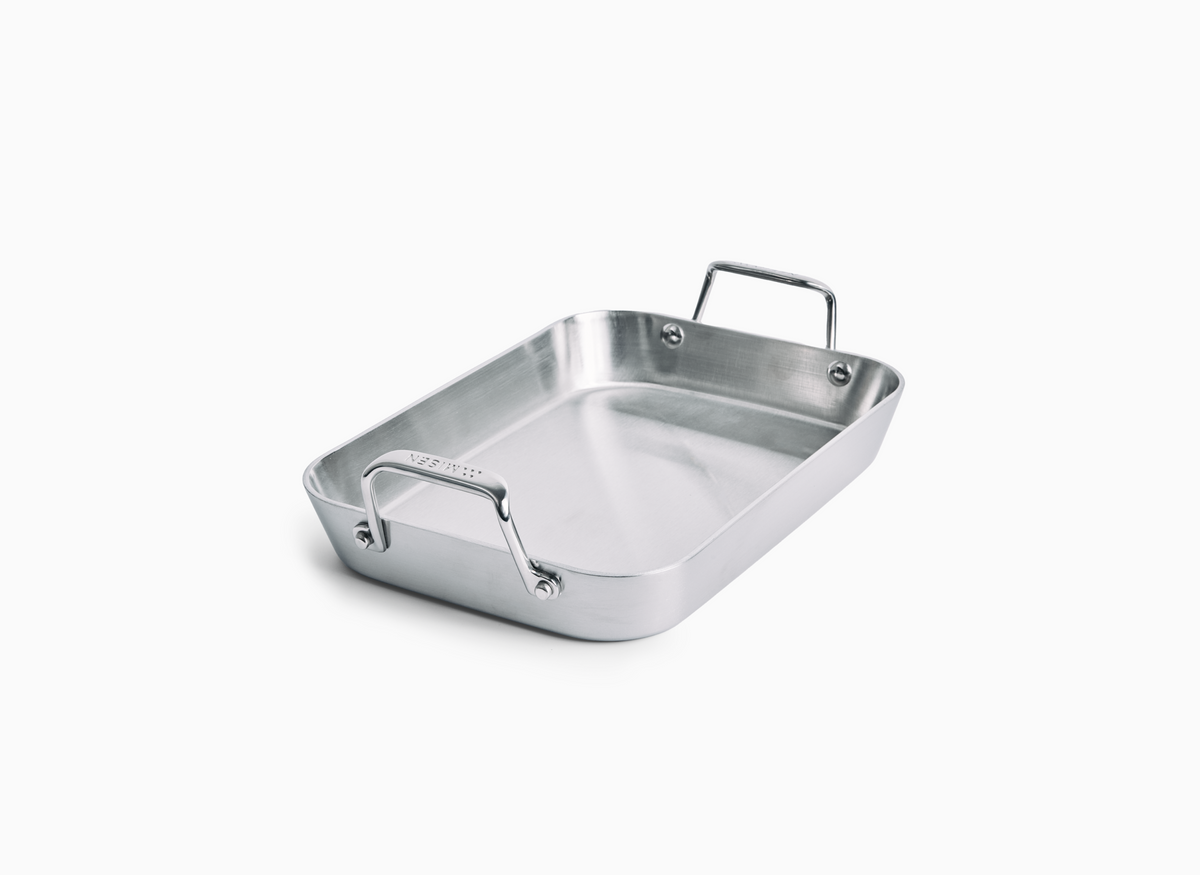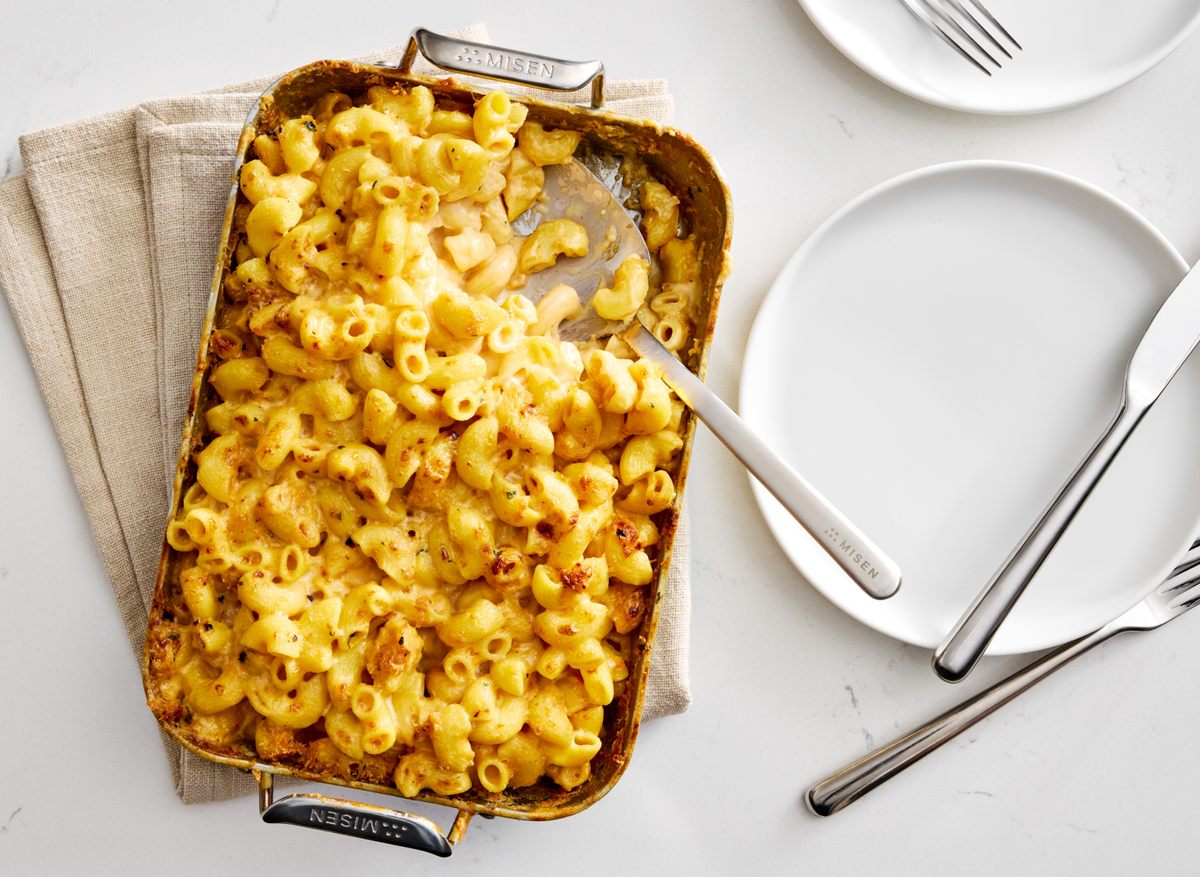Glass Cooktop Care: What Pans to Avoid for a Pristine Stove

Understanding Glass Cooktop Vulnerability
Glass cooktops are delicate due to their unique heat distribution and sensitivity to scratches.
How glass cooktops differ from traditional cooking surfaces
Glass cooktops utilize heating elements beneath a smooth ceramic-glass surface, creating a sleek built-in look that's easier to clean than traditional exposed coils or gas burners. However, this design makes them more susceptible to damage from scratches, scuffs, and burnt-on residue. The glass surface distributes heat differently, leading to longer heating times and residual heat after turning off the burner. This heating mechanism means temperature adjustments aren't as responsive as gas or traditional electric coils, requiring more careful cooking management[1].
The science behind glass top heating and heat transfer
Glass cooktops transfer heat through two main mechanisms. The heating elements emit infrared radiation, which passes through the glass to heat cookware directly. Additionally, the glass surface conducts heat to cookware through direct contact. This dual heat transfer system makes these cooktops less responsive to temperature adjustments compared to gas or induction methods. While induction cooktops use electromagnetic fields to heat only the pan, radiant glass cooktops heat both the glass surface and cookware, leading to residual heat after turning off the element[2].
Why scratches and damage affect performance and aesthetics
Scratches on glass cooktops impact both functionality and appearance in several critical ways. Surface damage creates uneven heating patterns that can affect cooking performance, while deep scratches risk compromising the structural integrity of the tempered glass surface. Even minor scratches accumulate cooking residue and become increasingly visible over time, detracting from the sleek appearance. The glass-ceramic surface relies on its smooth, uncompromised structure to properly conduct and distribute heat – any damage to this surface can disrupt the intended heat transfer mechanisms[3].
Common damage scenarios and their causes
Glass cooktops can sustain damage in several predictable scenarios. Heavy cookware impacts are a major cause – dropping or forcefully placing pots and pans can crack the surface, while sliding heavy items creates scratches. Thermal shock poses another significant risk when hot pans are placed on cold surfaces or cold liquids contact hot areas, potentially causing the glass to shatter. Exceeding the weight capacity can lead to structural damage. Surface contamination also contributes to damage – food spills left to burn on create stubborn residue that requires aggressive cleaning, while using abrasive scrubbers can result in permanent scratching[4].
Problematic Cookware Materials to Avoid
Avoid raw cast iron, glass, copper-bottomed pans, and stoneware as they can compromise the glass surface through scratches and thermal shock.
Raw cast iron: The rough bottom problem
Raw cast iron cookware poses unique challenges for glass cooktops due to its rough, potentially uneven bottom surface. The primary concern stems from cast iron's heavy weight combined with any food residue or irregularities on the pan's bottom that can scratch or crack the glass surface. To safely use cast iron, thoroughly clean and dry the bottom of the pan before each use and never slide it across the surface[5].
Glass and ceramic cookware: Thermal shock risks
Glass and ceramic cookware pose risks on glass cooktops due to thermal shock. When different parts of the cookware heat or cool at uneven rates, the resulting stress can cause cracking or shattering, risking damage to both the cookware and the cooktop[6].
Copper-bottomed pans: Marking and residue issues
Copper-bottomed cookware can permanently damage glass cooktops by leaving marks and residue that are difficult to remove. The reaction between the metal and the glass during heating can create stubborn stains that mar the cooktop's appearance[7].
Stoneware and terracotta: Why they're incompatible
Stoneware and ceramic cookware are risky on glass cooktops due to their susceptibility to thermal shock and brittleness, which can result in cracking or catastrophic failure[8].
Cookware Design Features That Cause Damage
Uneven, textured, or embellished cookware bases can lead to improper contact and permanent scratches on a glass cooktop.
Uneven and warped bottoms: The contact issue
Cookware with uneven or warped bottoms does not make full contact with the cooktop, leading to inconsistent heating and potential damage from repeated pressure on specific areas[9].
Textured or patterned cookware bases
Textured or patterned bases, including embossed logos, create abrasive contact that can scratch the glass surface over time[10].
Cookware with painted or decorative exteriors
Painted or decorative cookware may have uneven surfaces that hinder proper heat distribution, potentially damaging the glass top during use[11].
Size and weight concerns: Too heavy or too large
Using oversized or excessively heavy cookware can exceed the cooktop's weight limits, leading to physical damage such as cracking or chipping of the glass[12].
The Cast Iron Controversy Explained
Even with its benefits, cast iron can risk damaging glass tops if not handled with care and proper cleaning.
Why manufacturers discourage cast iron on glass tops
Manufacturers advise caution with cast iron due to its significant weight and rough bottom surfaces, which can scratch and damage the delicate glass despite its heat retention benefits[13].
Special considerations for enameled cast iron
Enameled cast iron offers a smoother surface compared to traditional cast iron, reducing the risk of scratches, though careful handling is still necessary to avoid thermal shock[14].
Techniques for safely using cast iron (if you must)
If cast iron is used, ensure it is thoroughly cleaned and dried, and always lift rather than slide it to minimize the risk of damaging the glass surface[15].
Protective measures and precautions for heavyweight cookware
Using protective accessories, gentle handling, and immediate cleaning after use can help prevent damage when using heavyweight cookware on glass cooktops[16].
Recommended Alternatives for Glass Cooktop Safety
Opt for cookware with smooth, flat bottoms like stainless steel or anodized options to ensure safety and efficiency.
Ideal cookware materials: Stainless steel, aluminum, and anodized options
Stainless steel cookware with aluminum cores and hard-anodized aluminum with ceramic coatings provide even heat distribution and durability, making them ideal for glass cooktops.
Design features to look for: Flat, smooth bottoms and proper weight
Cookware with a completely flat, smooth base and balanced weight distribution ensures optimal contact with the heating element while preventing scratches[17].
Budget-friendly options that won't damage your glass cooktop
Affordable cookware sets that adhere to these design standards offer safe and effective cooking solutions without compromising your glass surface[18].
Specialty cookware designed specifically for glass top stoves
Specialty lines engineered for glass cooktop use provide additional features like rolled rims and secure handles to further protect your stove[19].
Best Practices for Glass Cooktop Protection
Gentle lifting, proper cleaning, and careful inspection of cookware are essential for maintaining a pristine glass cooktop.
Proper lifting techniques (never slide cookware)
Always lift pots and pans completely off the surface rather than sliding them to prevent scratches and damage[20].
Cleaning routines for both cookware and cooktop
Regular cleaning with non-abrasive tools is crucial to remove residue and prevent buildup that can harm the glass surface[21].
Protective accessories worth considering
Consider using silicone mats or heat diffusers specifically designed for glass cooktops to add an extra layer of protection[22].
How to inspect cookware for potential glass top compatibility
Before each use, inspect cookware for a flat, smooth bottom and appropriate weight to ensure full contact with the heating element[23].
- Glass cooktops require special care and compatible cookware to ensure optimal performance.
- Avoid using raw cast iron, glass, copper-bottomed pans, and stoneware to prevent damage.
- Select cookware with flat, smooth bottoms and proper weight distribution for safe operation.
- Always lift cookware instead of sliding to protect the glass surface.
- Regular cleaning and careful handling are essential for maintaining a pristine glass cooktop.
- Ohayon MM. From wakefulness to excessive sleepiness: what we know and still need to know. Sleep Med Rev. 2008;12(2):129-141.
- Rosekind MR, Gregory KB, Mallis MM, Brandt SL, Seal B, Lerner D. The cost of poor sleep: workplace productivity loss and associated costs. J Occup Environ Med. 2010;52(1):91-98.
- Pagel JF. Excessive daytime sleepiness. Am Fam Physician. 2009;79(5):391-396.
- Sateia MJ. International classification of sleep disorders-third edition: highlights and modifications. Chest. 2014;146(5):1387-1394.
- Irish LA, Kline CE, Gunn HE, Buysse DJ, Hall MH. The role of sleep hygiene in promoting public health: A review of empirical evidence. Sleep Med Rev. 2015;22:23-36.
- Boivin DB, Boudreau P. Impacts of shift work on sleep and circadian rhythms. Pathol Biol (Paris). 2014;62(5):292-301.
- Uehli K, Mehta AJ, Miedinger D, et al. Sleep problems and work injuries: A systematic review and meta-analysis. Sleep Med Rev. 2014;18(1):61-73.
- Lim J, Dinges DF. A meta-analysis of the impact of short-term sleep deprivation on cognitive variables. Psychol Bull. 2010;136(3):375-389.
- Cappuccio FP, D'Elia L, Strazzullo P, Miller MA. Sleep duration and all-cause mortality: a systematic review and meta-analysis of prospective studies. Sleep. 2010;33(5):585-592.
- Johns MW. A new method for measuring daytime sleepiness: the Epworth sleepiness scale. Sleep. 1991;14(6):540-545.
- Thorpy MJ. Recently approved and upcoming treatments for narcolepsy. CNS Drugs. 2020;34(1):9-27.
- Ohayon MM. From wakefulness to excessive sleepiness: what we know and still need to know. Sleep Med Rev. 2008;12(2):129-141.
- Rosekind MR, Gregory KB, Mallis MM, Brandt SL, Seal B, Lerner D. The cost of poor sleep: workplace productivity loss and associated costs. J Occup Environ Med. 2010;52(1):91-98.
- Pagel JF. Excessive daytime sleepiness. Am Fam Physician. 2009;79(5):391-396.
- Sateia MJ. International classification of sleep disorders-third edition: highlights and modifications. Chest. 2014;146(5):1387-1394.
- Irish LA, Kline CE, Gunn HE, Buysse DJ, Hall MH. The role of sleep hygiene in promoting public health: A review of empirical evidence. Sleep Med Rev. 2015;22:23-36.
- Stainless steel cookware provides even heating and durability, making it a top choice for glass cooktops.
- Affordable cookware options that meet safety standards can protect your glass surface without breaking the bank.
- Specialty cookware designed for glass tops offers added features for enhanced protection and performance.
- Proper lifting techniques are crucial to avoid scratching the glass surface.
- Regular cleaning after each use helps prevent residue buildup that can damage glass cooktops.
- Protective accessories like silicone mats can provide an extra layer of safety for your cooktop.
- Inspecting cookware for a flat, smooth bottom is essential for ensuring compatibility with glass stoves.
